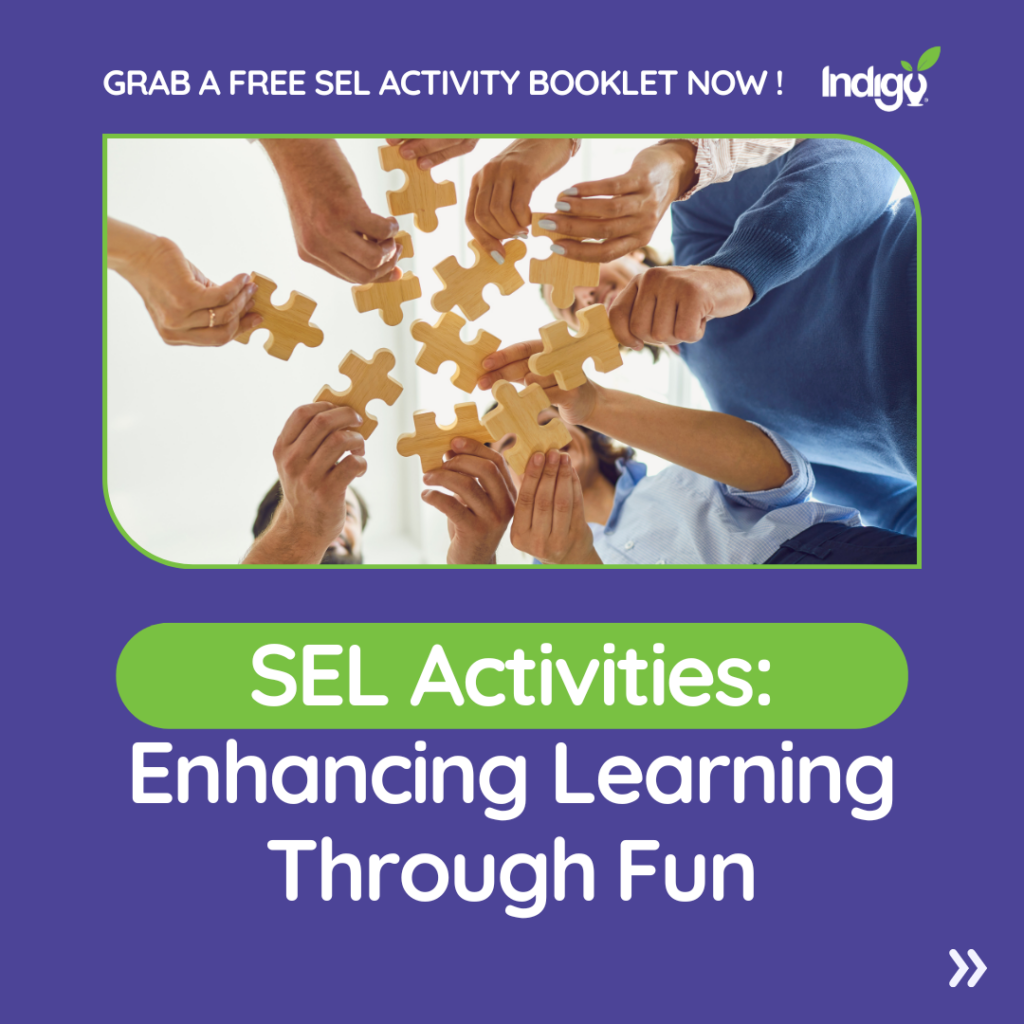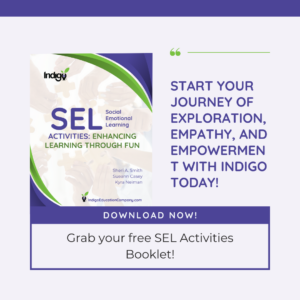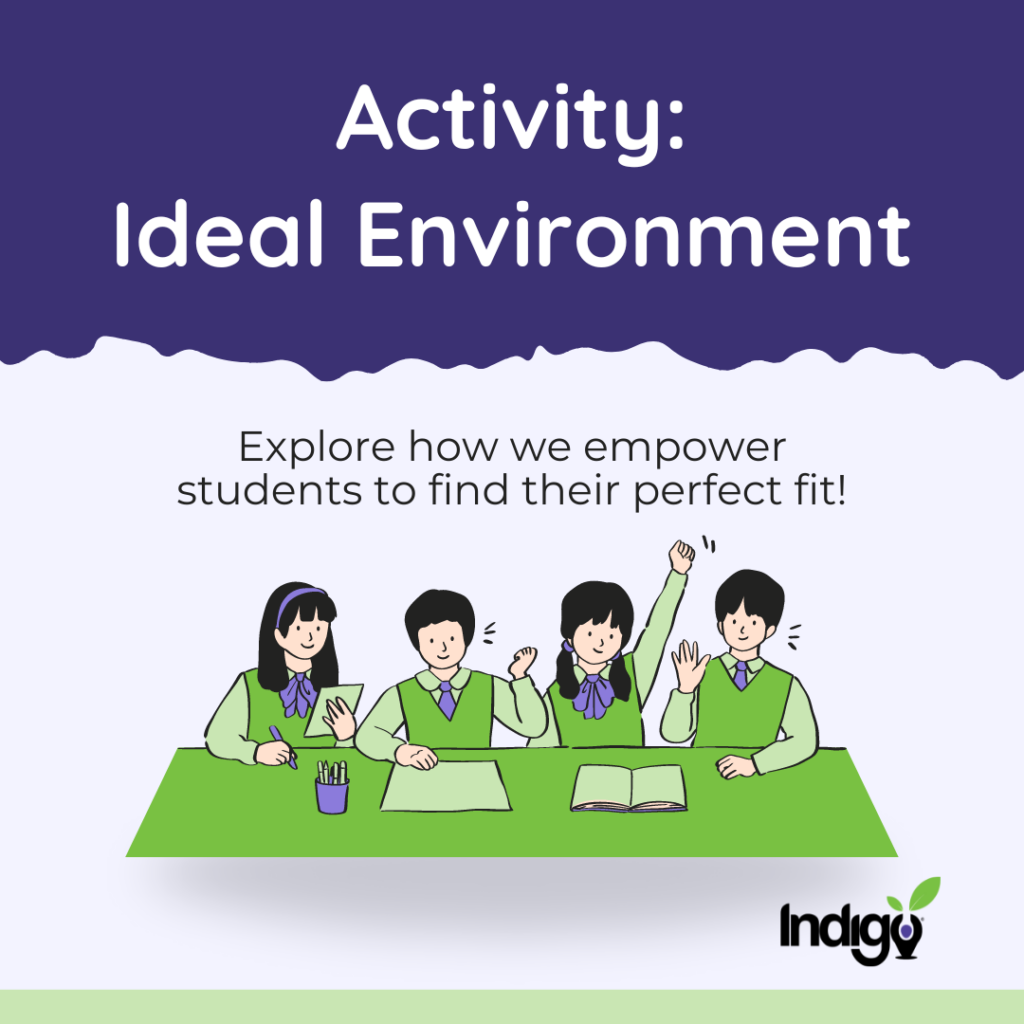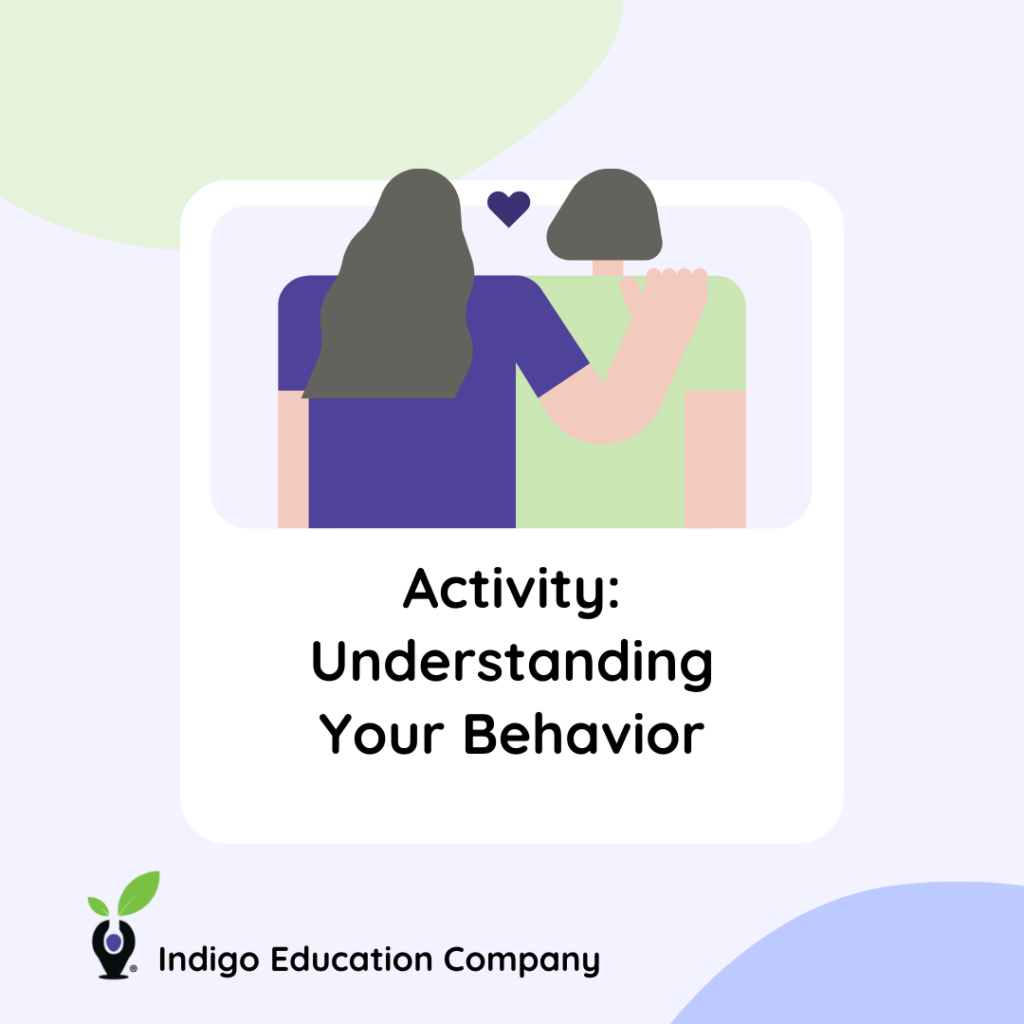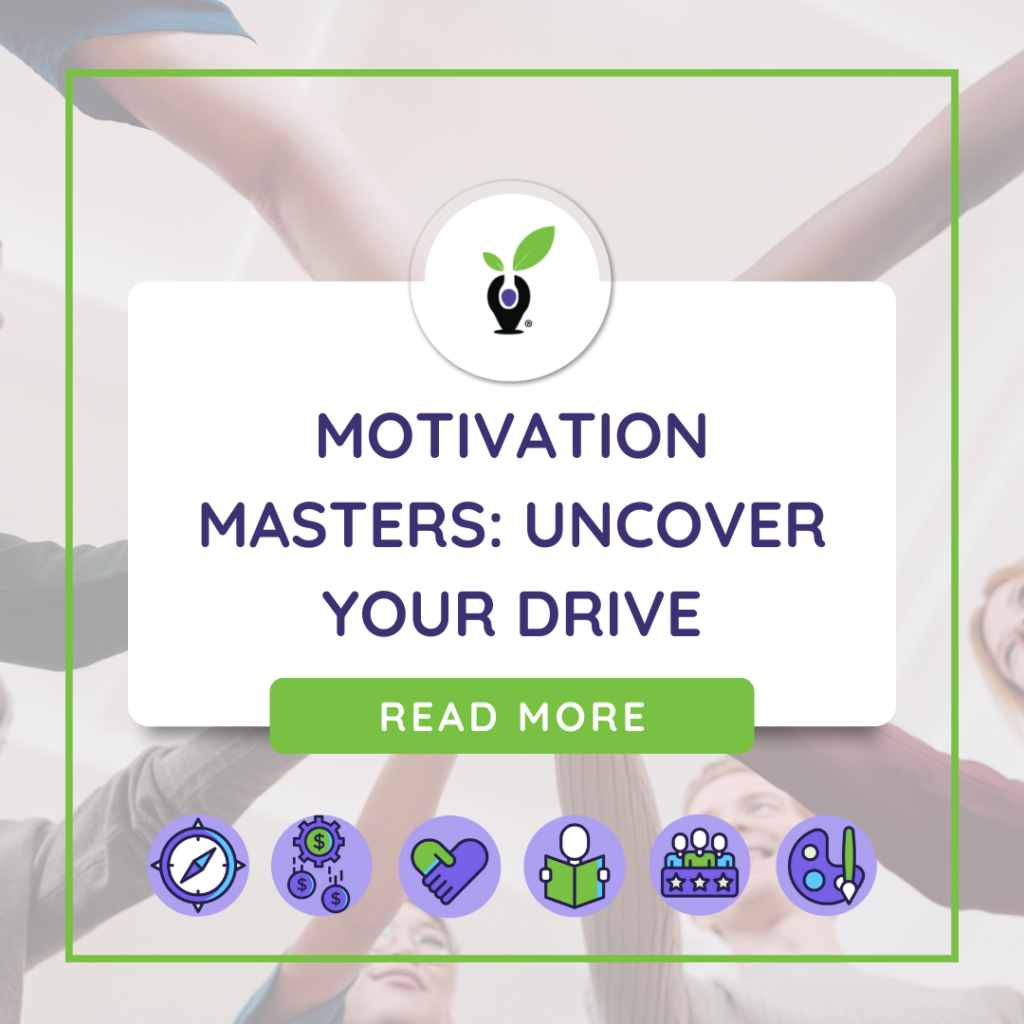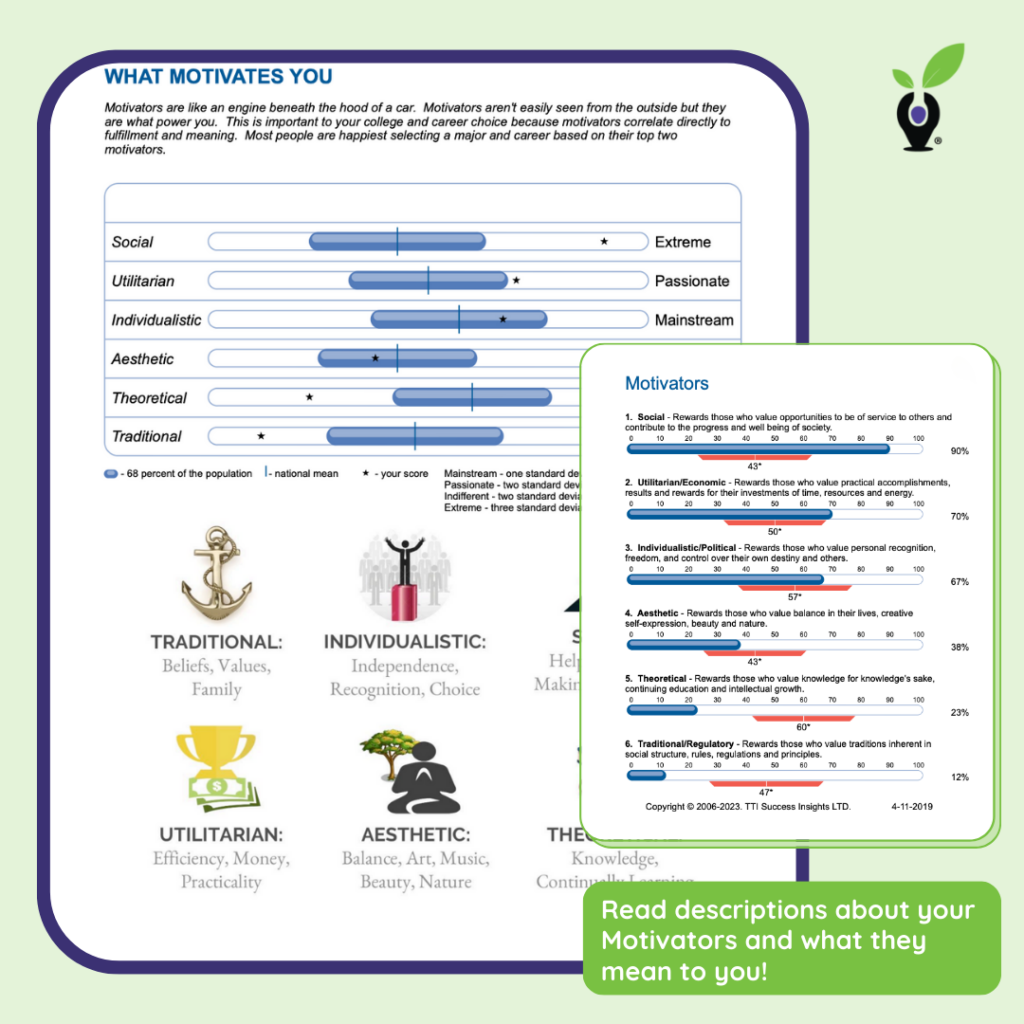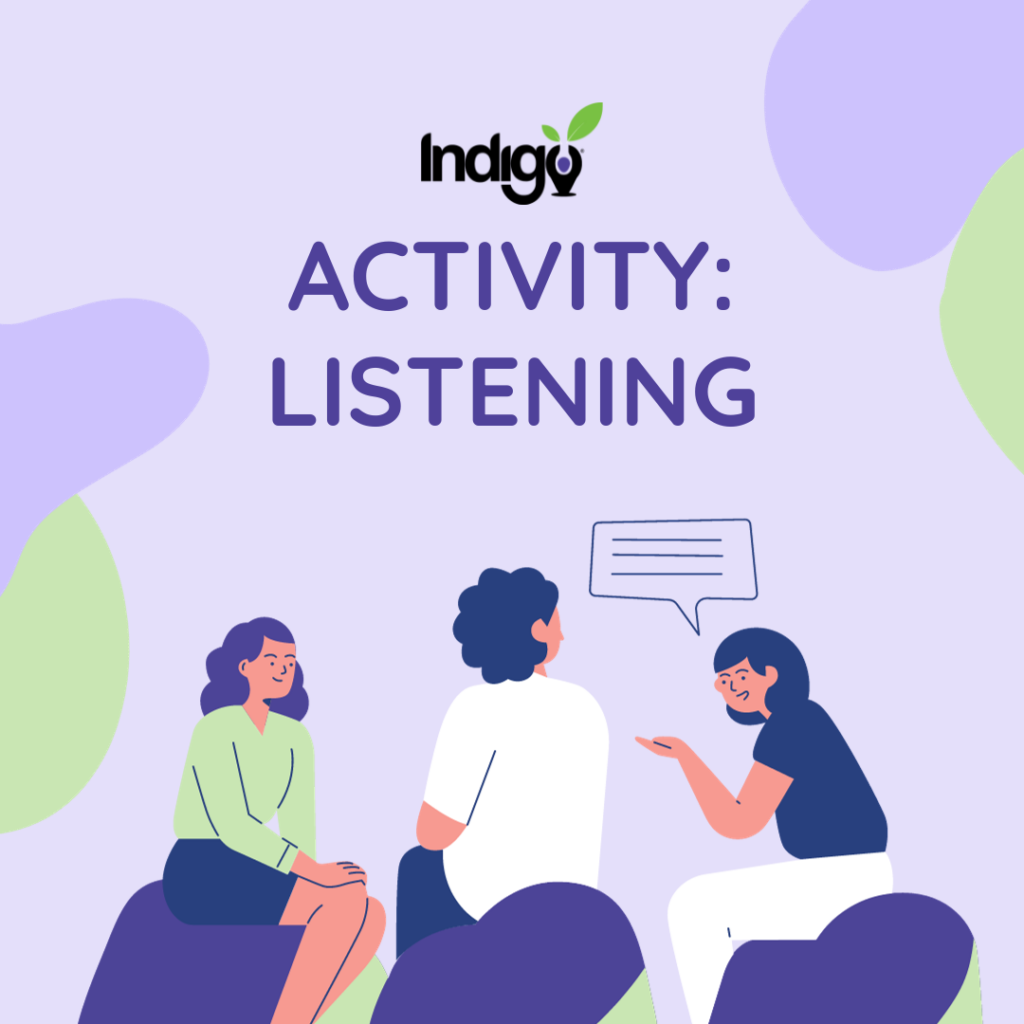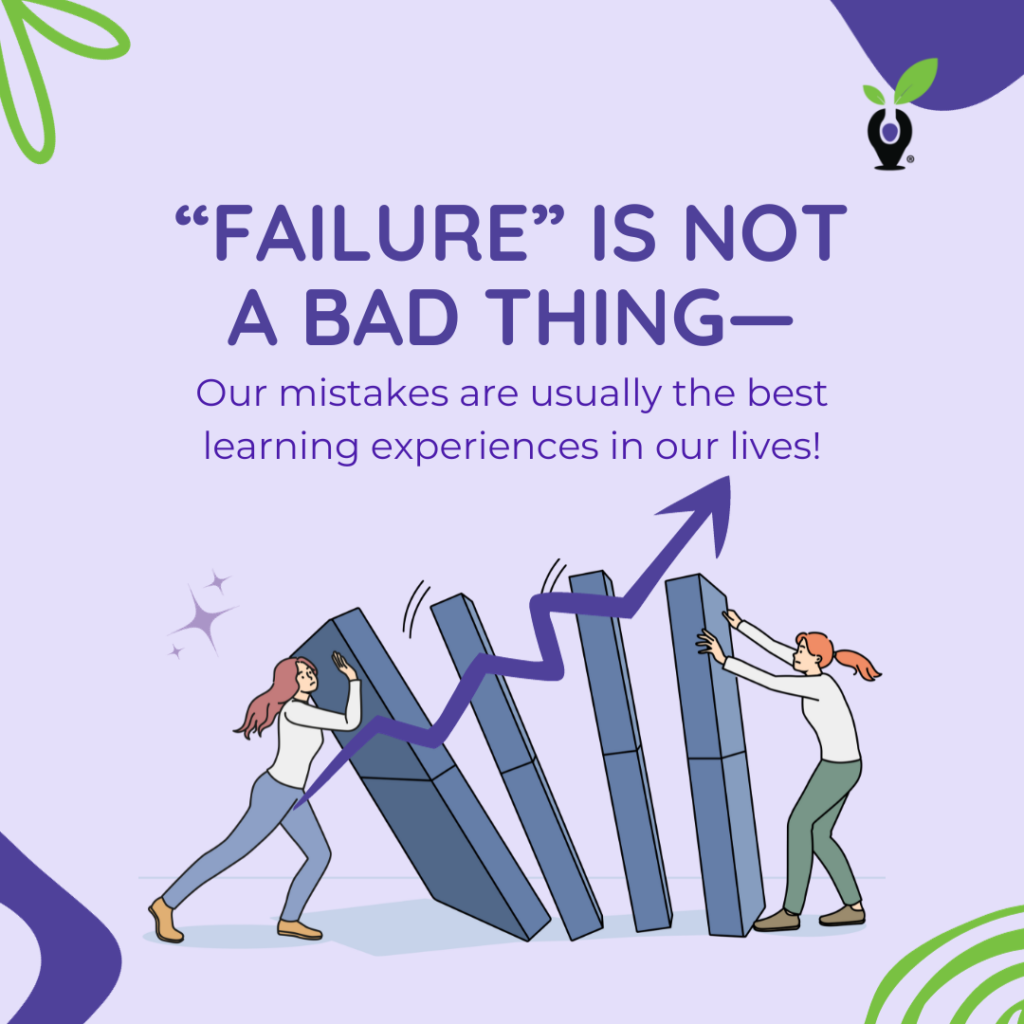Activity: Analytical Problem Solving
We all encounter challenges in various aspects of our lives, whether it's at school, in our communities, or within ourselves. However, simply identifying these problems is just the beginning of the journey. Our goal is to shift the focus from merely complaining about problems to actively collaborating on solutions and implementing the best ones.
In this post, we'll explore a structured approach to analytical problem solving, empowering you to tackle any big-picture issue or question with confidence. From identifying complaints to brainstorming solutions and refining them, we'll guide you through each step.
And remember, analytical thinking is a skill that extends beyond problem-solving exercises. We'll explore additional ways to hone your analytical skills, from playing brain games to utilizing online analytical tools in your daily life.
Are you ready to transform problems into opportunities for growth and innovation? Let's get started!
The Goal
When it comes to analytical problem solving, identifying the problem is only the first step. We want to create solutions! Shift the mindset away from complaining about problems to collaborating on solutions and implementing the best ones.
Note: You should become familiar with the “Yes, And” technique to do this exercise successfully. Learn more about the Yes, And Technique
This exercise can be repurposed to tackle any big-picture issue or question.
Think about your complaints about your school. Do you hate the food? Do you wish the classrooms had more light? Do the bathrooms smell? Write them down. The problems could be about anything – school, friends, family or your community.
Step 2:
Set a timer and come up with as many solutions as you can in 5 minutes. Write them on post-it notes. The goal of Part 2 is quantity, not quality. Challenge yourself to come up with as many crazy ideas for solutions as you can.
Step 3:
Pick your top 3 – 5 ideas and use the “Yes, And” technique to improve them. How can these ideas be made better? Which are feasible to do? How can you make each solution more tangible? Add more post-its and create an affinity diagram to answer these questions for your top 3 – 5 ideas.
More information on affinity diagrams can be found here.
Other ways to build analytical thinking skills: Play brain games online at Lumosity or common games like Sudoku, chess, backgammon and Scrabble.
You can also try incorporating online analytical apps and tools into your daily habits. MyFitnessPal, Mint – a budget manager and tracker, Google Analytics, and other data based apps are great ways to track your habits and improve analytical thinking.
Activity: Analytical Problem Solving Read More »


